Case 04: The Lander
Introduction
This course is designed to introduce students to the components of a lander and the landing process. Students will learn how to write programmes to control the operation of the lander using the micro:bit space science kit.

Teaching Objectives
- Knowledge of the structure and mode of operation of the lander.
- Learn about the tasks performed by the lander.
- Learn how the lander is built and programmed for control.
Teaching Preparations
Materials Requested:
 | micro:bit V2 |
|---|---|
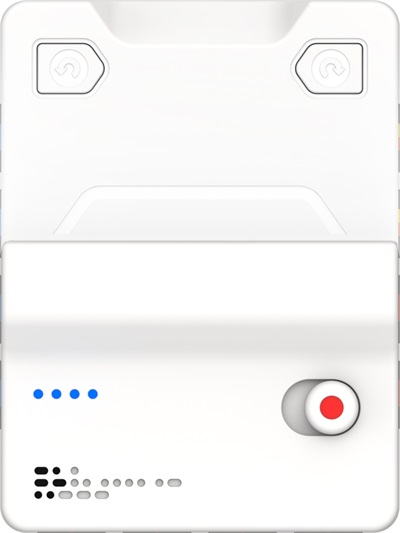 | Nezha Breakout Board V2 |
 | PlanetX Smart Motor |
 | PlanetX Sonar:bit |
 | PlanetX Line Following Sensor |
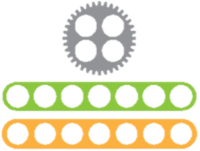 | Bricks Pack |
 | USB Cable |
 | Computer(PC) |
Teaching Process
Introduce
Have you ever thought about what a lander is made of and how it operates? In this lesson, we'll explore how to build a lander with building blocks and control its operation with a graphical programme.
Ready to explore the world of space travel with the micro:bit Space Science Kit? Now, let's embark on this fun learning journey!
Exploratory activity
- How do you build a lander?
- What if you wrote a simple programme to make the lander run?
Case Study
Based on existing lander forms and compositions, please open up the discussion and rationalise the design of a block lander.
Example






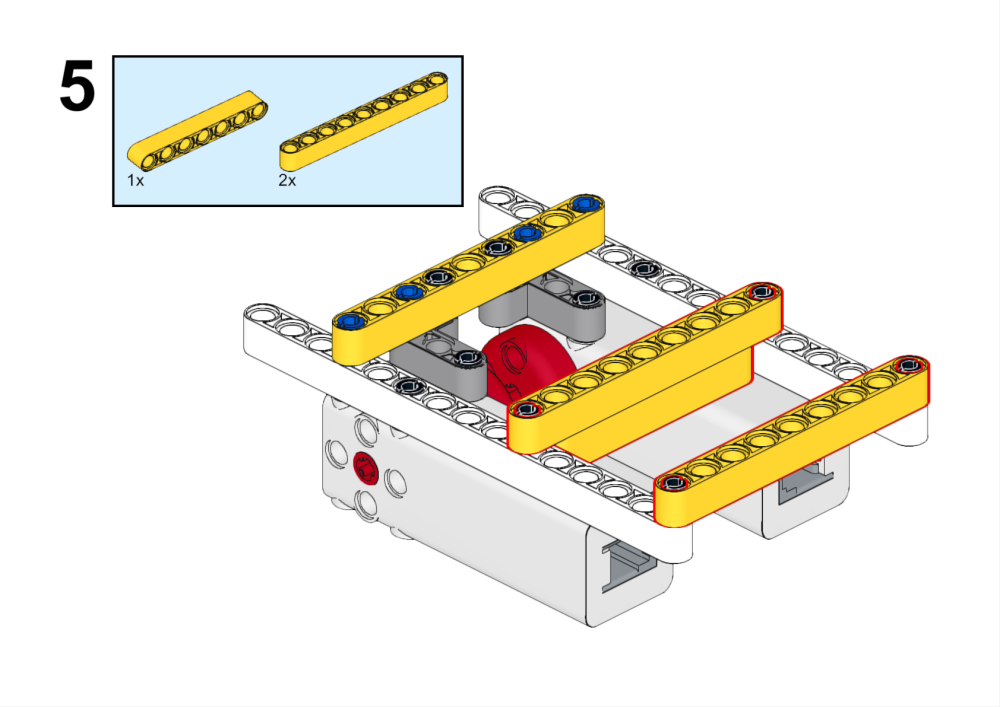



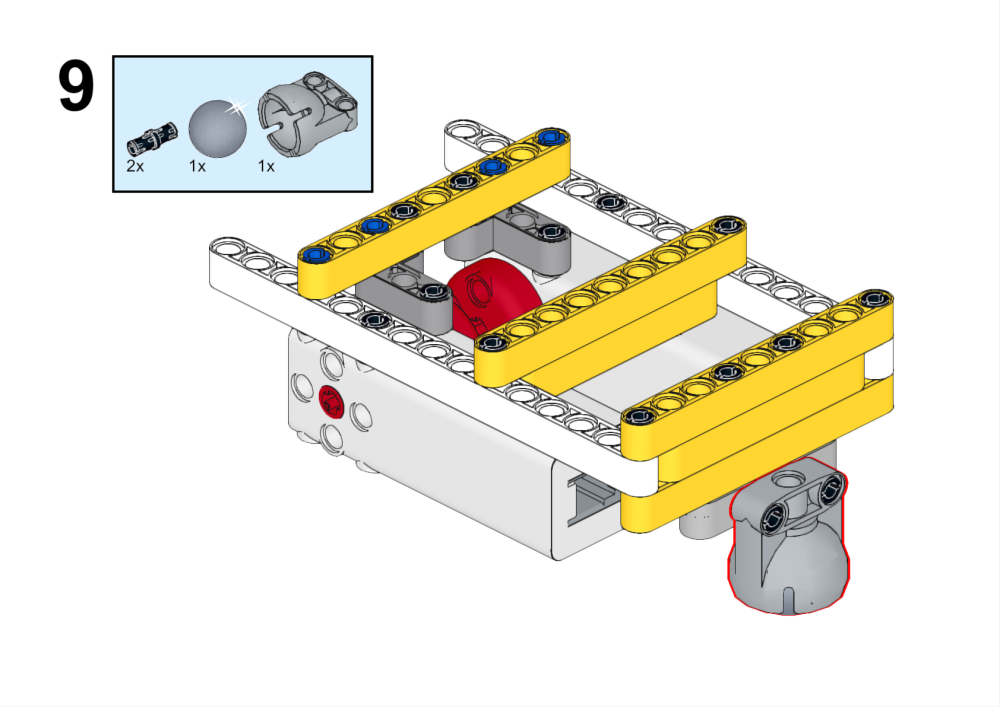









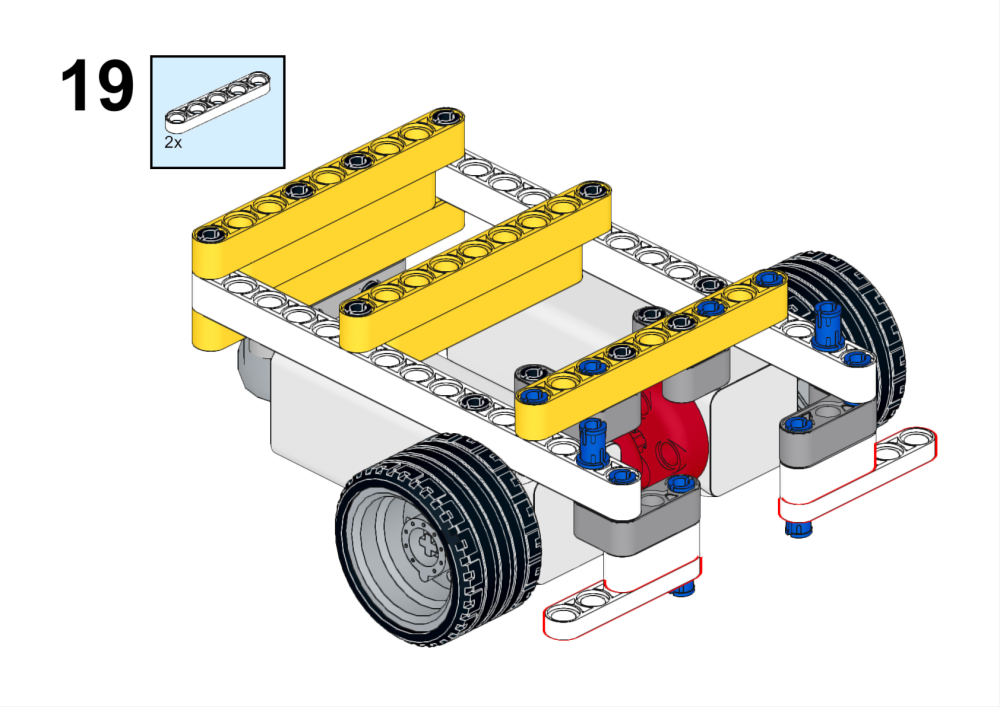

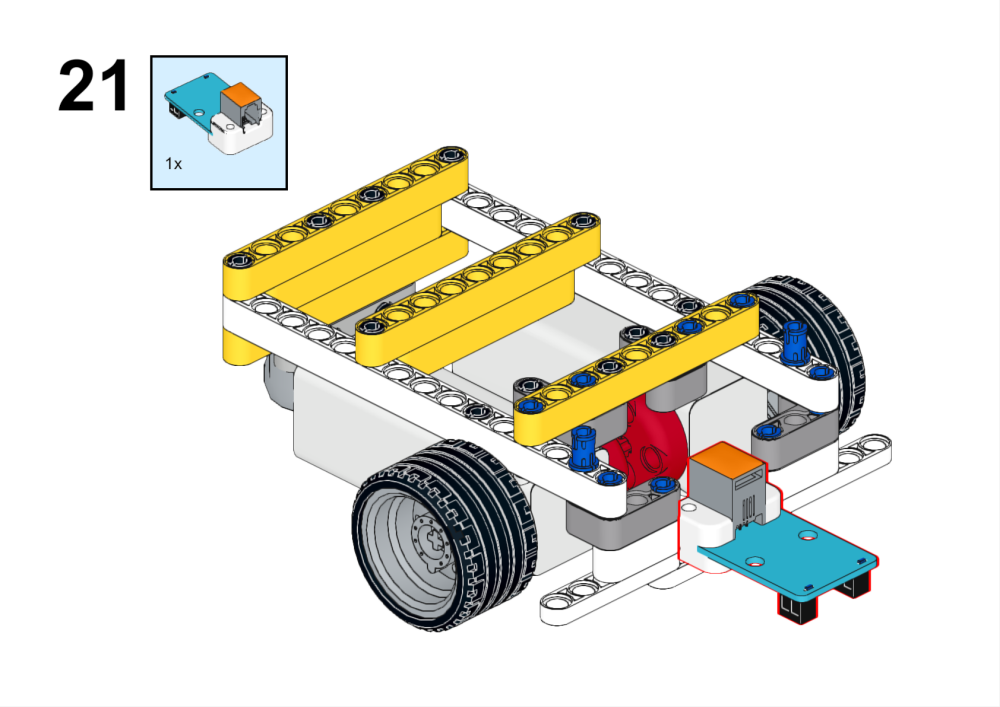










Code programming
Add software library
Go to “makecode.microbit.org”, click to create new project.
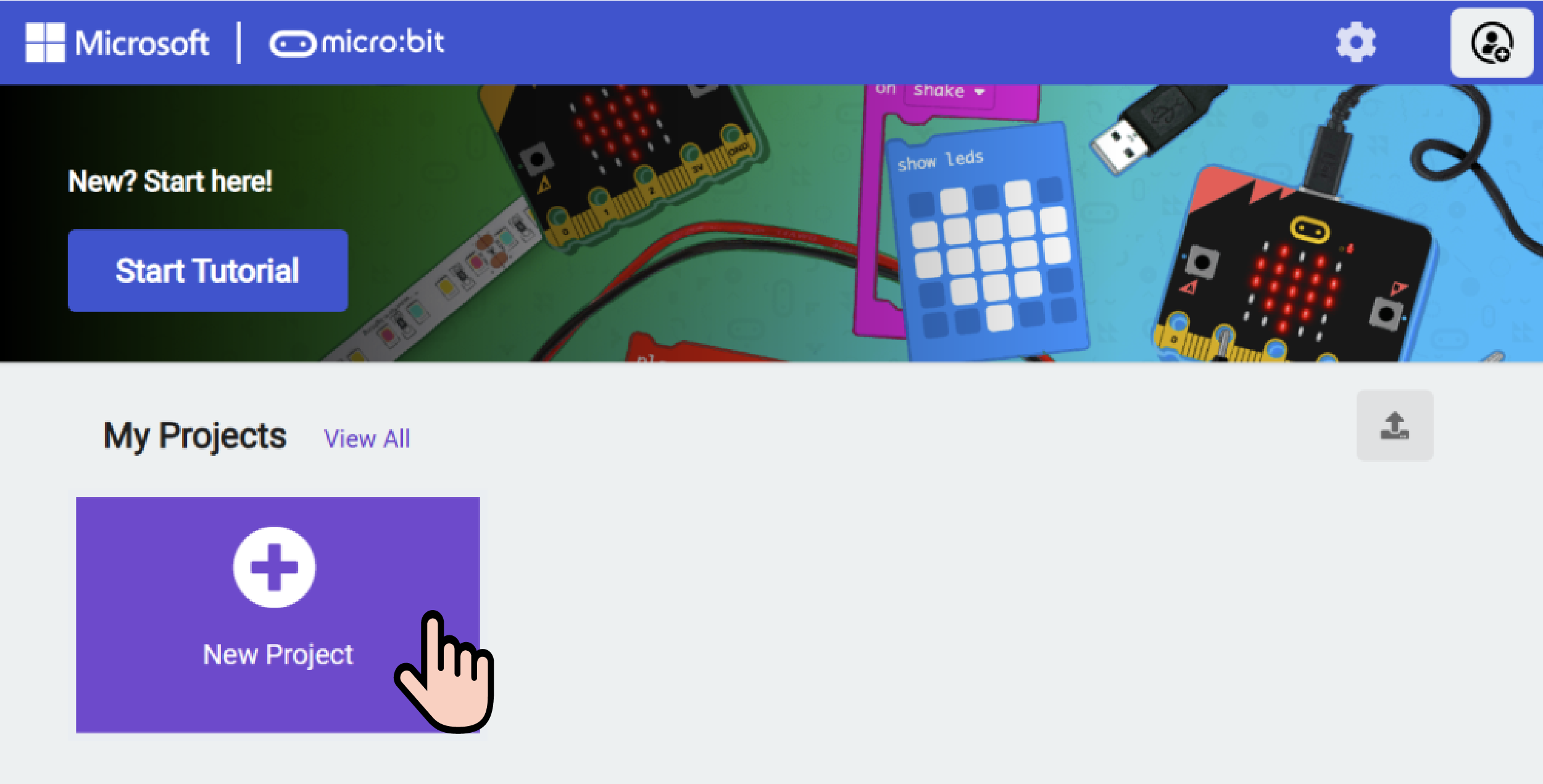
Enter the project name in the pop-up window and click Create.

Click on Extension in the code drawer.

Type nezha2 in the popup and click on the search icon, click on the nezha2 repository when it is displayed. Load the PlanetX library in the same way.

Component Connection
Please refer to the wiring diagram below to connect the components to the corresponding interfaces.
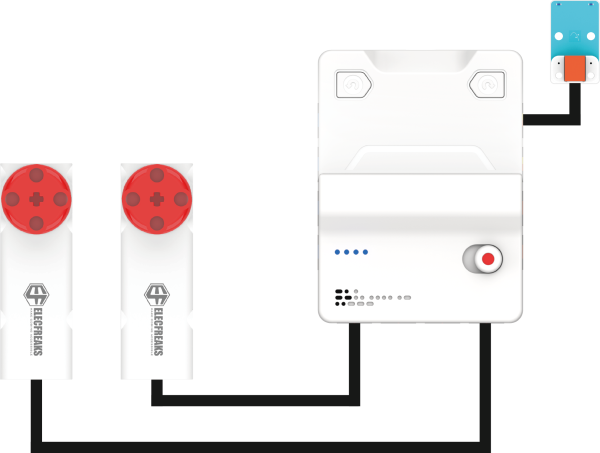
Sample Code

Link:https://makecode.microbit.org/_HUe1LaRTjEER
 Please adjust the PlanetX smart motor speed appropriately for your classroom.
Please adjust the PlanetX smart motor speed appropriately for your classroom.
Download the program
Connect the micro:bit V2 with your PC via the USB cable.

After a successful connection, a disc drive named MICROBIT is recognised on the computer.

Click left corner  , select Connect Device.
, select Connect Device.

Click  .
.

Click  .
.

Select BBC micro:bit CMSIS-DAP in the pop-up window, and then select Connect, so far, our micro:bit has been connected successfully.

Click Download programme.

Teamwork and Presentation
Students are divided into teams and work together to build and programme the lander.
Students are encouraged to co-operate, communicate and share their experiences with each other.
Each team will have the opportunity to show the other teams the lander they have made and demonstrate it.
Expected Results:After powering on, the lander descends to the moon along the lunar orbit.

Summarise and Reflect
Review the lesson content to remind students what knowledge and skills they have acquired.
Lead students in a discussion about the problems and difficulties they encountered during the production process and how they solved them.
Guide students to think about the direction of optimisation and improvement of the lander, e.g. what other interesting cases can be produced.
Extended Knowledge
The lander during a lunar landing is a key component in completing a lunar landing mission, responsible for safely bringing astronauts and scientific equipment from circumlunar orbit to the lunar surface and bringing astronauts back to circumlunar orbit after the mission is complete. The design of the lander is very complex and requires multiple functions to meet the challenges of the lunar environment. Here is some general knowledge about lander composition:
Basic composition
- Lunar Module:
- This is the part of the lander that contains the astronauts, also known as the crew module or command module. It usually contains life support systems, communications equipment, navigation systems, and emergency escape devices.
- Propulsion module:
- Contains the main engines and propellant tanks, which are used to control the descent rate and direction of the lander to ensure a smooth landing and re-takeoff.
- Landing legs and cushions:
- Used to absorb shock during landing and prevent the lander from tipping over or being damaged.
- Solar panels:
- Provide electrical power, especially on long missions, for powering electronic equipment and keeping life support systems operational.
- Attitude Control System:
- Includes small thrusters and reaction wheels used to adjust the attitude of the lander in space.
- Navigation and guidance system:
- Uses laser range finders, inertial navigation units and astrometers to determine position and velocity and ensure accurate landings.
- Scientific instruments and laboratory equipment:
- May contain cameras, spectrometers, seismometers, etc., to perform scientific research and data collection.
- Lunar rovers or other ground vehicles:
- Some landers may carry lunar rovers or rovers so that astronauts can leave the lander for more extensive exploration.
- Sample collection and storage system:
- If the mission includes collection of lunar samples, the lander will contain equipment for sample collection and storage.
Special design considerations
- Power system: In order to land and take off on the Moon, the lander must use a propulsion system different from that of chemical rockets, since there is no atmosphere on the Moon to generate lift. A combination of liquid fuel and oxidiser is usually used.
- Weight and size constraints: The lander must be as lightweight as possible to reduce launch costs and increase efficiency. At the same time, it needs to have enough space to accommodate astronauts and equipment.
- Thermal control systems: The temperature on the lunar surface is extremely variable, and the lander must be able to maintain a suitable temperature inside.
- Redundant Systems: To ensure the safety of the astronauts, many critical systems are backed up in case a component fails.
Specific examples
- US Apollo Eagle Lander: consists of the Lunar Module and the Ascent Module, which is used for re-entry into circumlunar orbit.
- China's Range Lander**: part of China's manned lunar landing programme, designed to carry astronauts to and from the lunar surface.
- NASA's Nova C lander: fuelled by methane and oxygen and designed to explore the south polar region of the Moon.
The design of each lander will vary according to its specific mission requirements and the spacecraft architecture used.